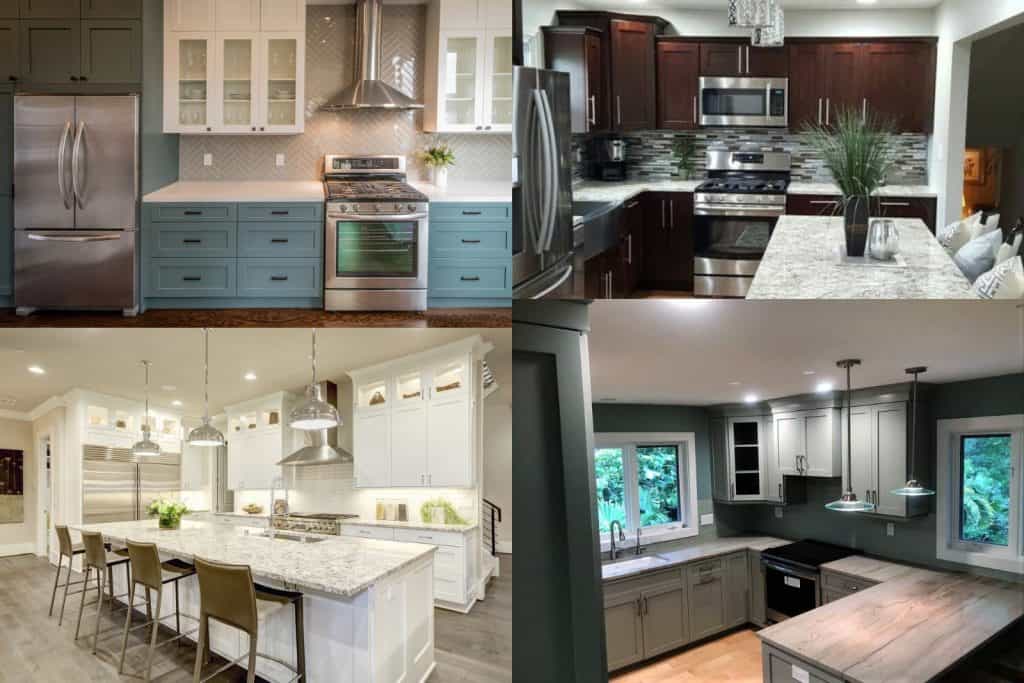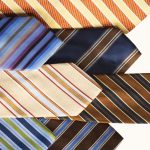Shaker Style Kitchen Cabinets Overview
When it comes time to build a new kitchen or remodel your existing one, you may consider taking a look at Shaker-style cabinets. This cabinet style is quite popular and blends well in either traditional or contemporary spaces. Let’s explore Shaker cabinetry in a little more detail so that you can get a better sense of what this design style is.
History of Shaker Design
In the 18th century, the Shaker community became well known for their handmade, wood furniture. The Shaker lifestyle was based on faith, minimalism, and simplicity. This spartan ethos was reflected in their architecture, furnishings, cabinetry, and housewares. Everything had easy, clean lines and lacked in embellishment.
Shaker design and construction aimed to produce very little waste and used the minimum amount of materials. This resulted in an economical and efficient construction that was durable and strong. The main woods used were pine, maple, birch, and chestnut.
Modern Shaker Design
The sleek, clean lines of Shaker design are still popular to this day and continues to trend in cabinetry styles. The utilitarian approach to style and production integrates quite well into today’s modern architecture.
Many homeowners today are seeking a crisp, fresh, and uncluttered appearance and feel in their kitchens. As well, many are looking for the highest quality at an affordable price point. Shaker cabinetry offers a timeless look with ease of maintenance.
Shaker Kitchen Cabinets
Shaker cabinetry is distinctly unadorned with straight lines and square edges. Historically, Shaker cabinet adjacent door fronts were equal dimensions. Vertically aligned drawers would also be of the same size. This creates a simple symmetry that is very easy on the eyes.
Today’s kitchens often have multiple vertical sets of stacked drawers and side by side doors. This is where Shaker styling comes into play for that minimalist look.
Doors and drawer fronts are mainly comprised of top and bottom rails, side rails, and a flat recessed center panel. However, narrower drawers could be a solid panel without the recess. Pulls and knobs are equally simplistic and can be wood or metal.
Shaker furniture was entirely made from solid wood, particularly pine and maple. Pieces were sealed with a clear, protective finish, such as varnish. Or, they were painted a color with a natural coating.
Modern-day kitchen cabinets may be constructed of solid wood rails with clear or select grade plywood recessed panels. Our lumber is milled while it is still young and is less stable than the timbers the Shakers had access to. This is why plywood is preferable for wide panels.
There are a variety of finishes available in modern Shaker-style cabinets. If you have selected a premium wood, such as oak, ash, maple, or cherry, you might choose to seal the wood with polyurethane or a clear acrylic finish to highlight and protect the wood. You could also stain the wood. If using a combination of solid wood and plywood or MDF, paint or stain would be the preferred coating. Flat or semi-gloss would be more classic than a high-gloss finish. Popular colors are white, gray, blue, and pale green.
Complete your shaker style kitchen with a subtle countertop that lacks in pattern, such as solid quartz. Another option would be butcher block. Keep backsplashes simple as well. Consider a classic subway tile or painted wood beadboard. Appliances can be finished with panels to match the cabinetry or be stainless steel. And, try a farmhouse style porcelain or china sink to complete the look.
Final Thoughts
When planning your new kitchen or kitchen remodel, you might want to choose cabinets that are well constructed, simply styled, and economical. Shaker cabinets offer a timeless appearance and durability. The design and construction are often more affordable because of the minimal waste of materials during production. You will be able to enjoy your kitchen for many years without tiring of the look.









